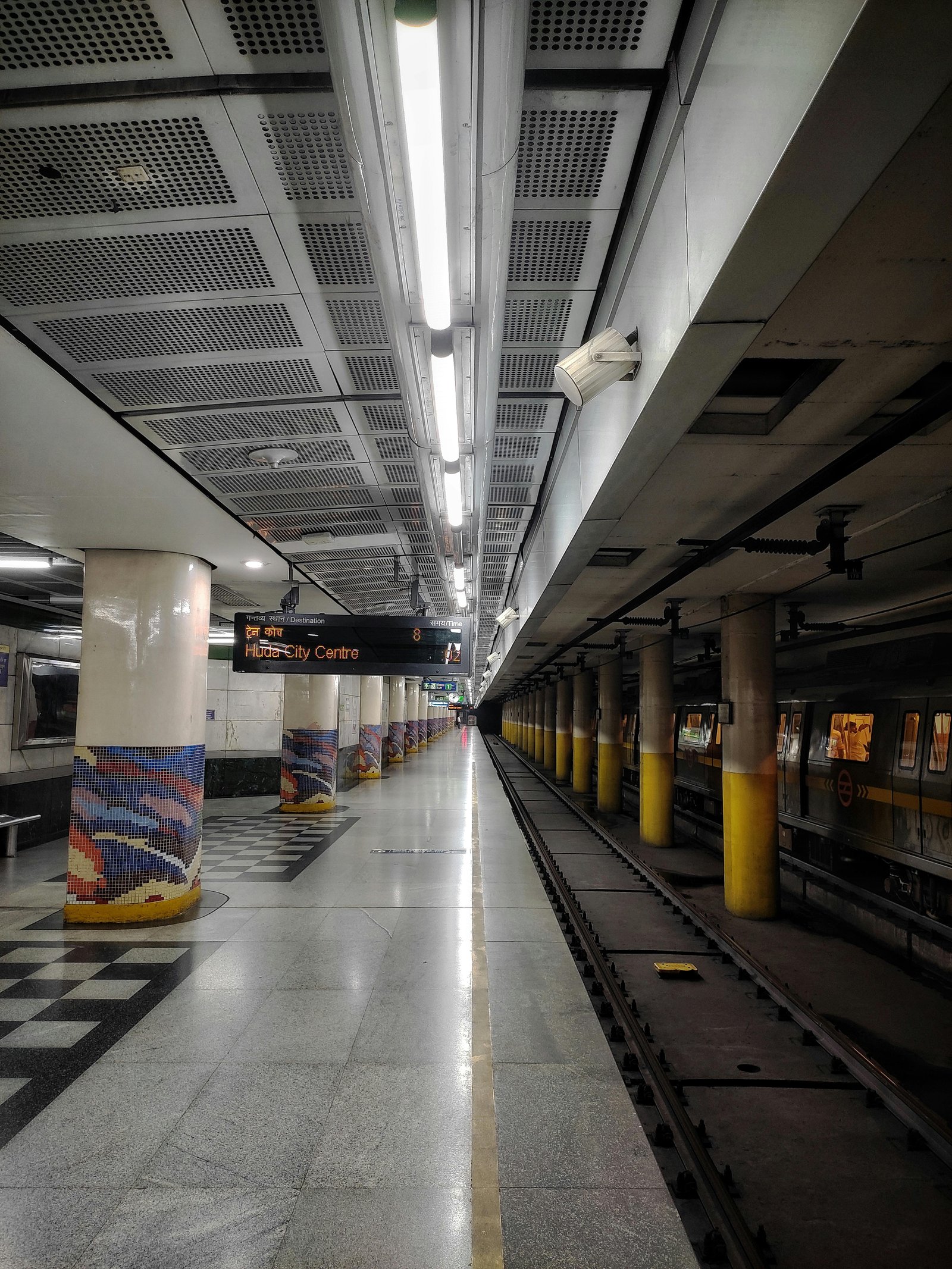The Evolution of Delhi Metro: A Journey Through Time

The Beginning: 1984-1998
The story of Delhi Metro began in 1984 when the Delhi Development Authority and Urban Arts Commission proposed a multi-modal transport system. However, it wasn't until 1995 that the Delhi Metro Rail Corporation (DMRC) was established.
- 1984: First proposal for a metro system in Delhi
- 1995: DMRC established as a joint venture
- 1998: Construction begins on Phase I
Phase I: 1998-2006
The first phase marked the beginning of Delhi's metro revolution:
- 2002: First line (Red Line) opens between Shahdara and Tis Hazari
- 2004: Yellow Line becomes operational
- 2006: Phase I completed with 65.1 km of network
Phase II: 2006-2011
Expansion and integration characterized this phase:
- 2009: Airport Express Line construction begins
- 2010: Green Line becomes operational
- 2011: Phase II completed with 190 km network
Phase III: 2011-2018
This phase focused on network expansion and modernization:
- 2015: Pink Line construction begins
- 2017: Magenta Line becomes operational
- 2018: Phase III completed with 348 km network
Phase IV: 2019-Present
The current phase focuses on last-mile connectivity and expansion:
- 2019: Phase IV approved with 6 new corridors
- 2020: Silver Line becomes operational
- 2023: Network reaches 389 km with 285+ stations
Key Milestones
- First metro system in India to use standard gauge
- First to introduce contactless smart cards
- First to implement platform screen doors
- Largest metro network in India
Impact and Future
The Delhi Metro has transformed urban transportation in the National Capital Region. It has reduced traffic congestion, improved air quality, and provided a reliable, efficient mode of transport for millions. With ongoing expansion and technological upgrades, the Delhi Metro continues to set benchmarks for metro systems worldwide.